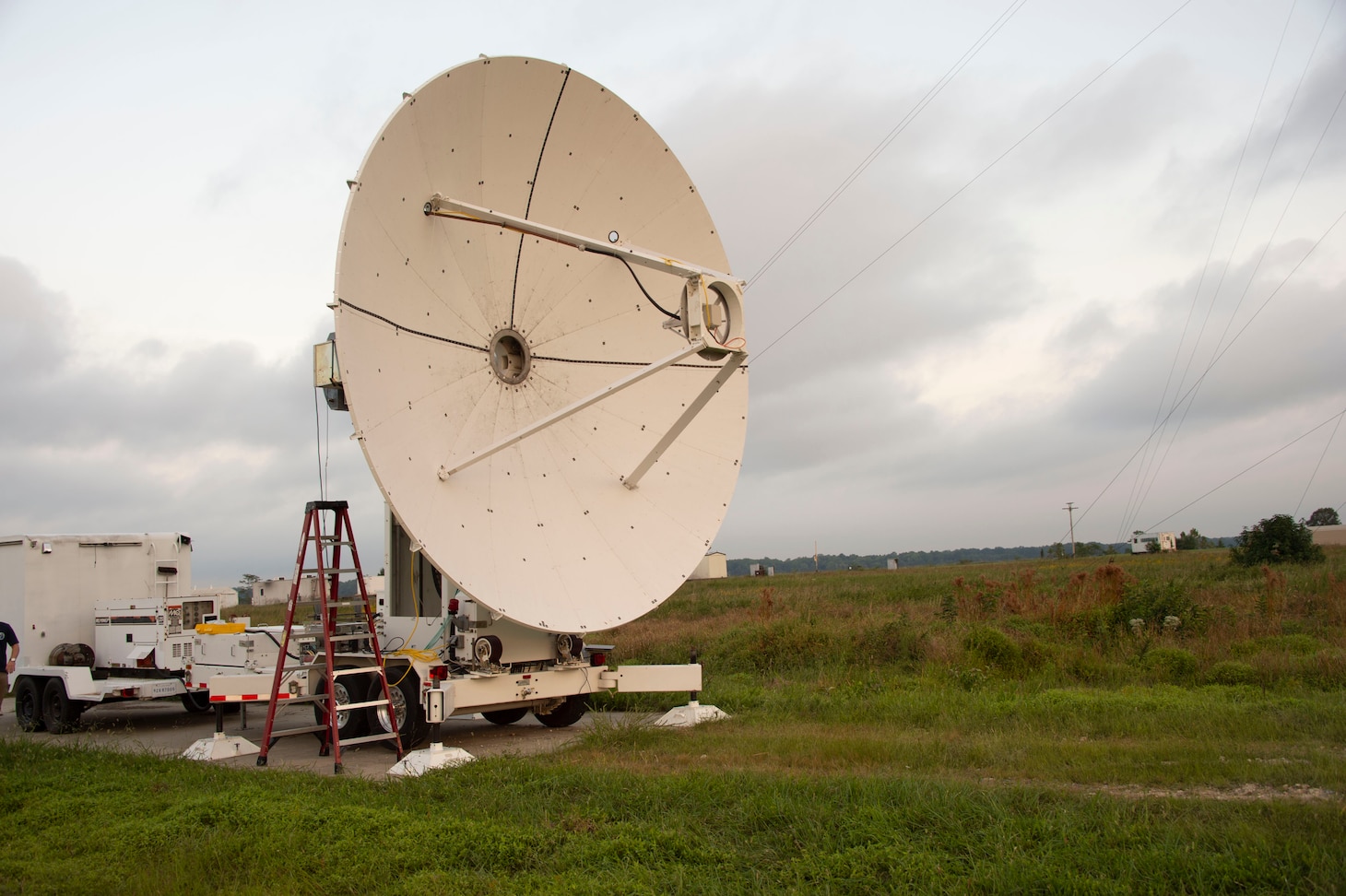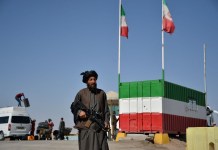American military researchers are developing a wireless power transfer technology to enhance the energy supply speed and resilience to the frontline military assets far from the energy infrastructure.
The US Defense Advanced Research Projects Agency (DARPA) is working on the Persistent Optical Wireless Energy Relay (POWER) program, which aims to design and demonstrate airborne optical energy relays that will form a part of a dynamic, adaptive, speed-of-light wireless energy web.
“This is the internet for energy – harnessing resilient, multipath networks to flow energy from abundant sources to energy-starved consumers,” said Col. Paul Calhoun, POWER program manager in DARPA’s Tactical Technology Office.

“The military faces particularly acute energy challenges, which are driving this innovation. We often must operate far from established energy infrastructure and rely on liquid fuels that require precarious supply lines,” Calhoun said.
Wireless Power Supply Through Battlespace
Currently, military platforms with long-range, endurance or significant weapons delivery capability must be large enough to store the amount of liquid fuel required to complete a mission.
However, with the introduction of wireless power transfer networks, these platforms would become conduits rather than containers, enabling significant capabilities such as unlimited range or endurance even in small, inexpensive platforms.
The science behind power beaming is the same as in wireless communication.
“You need a power source; you convert that power to a propagating wave, typically electromagnetic, send it through free space, collect it through an aperture, and then convert it back to electricity,” said Calhoun.
The obstacle in realizing this technology is ‘conversion efficiencies.’
In an optical energy web comprising several ‘nodes,’ converting from a propagating wave back to electricity and back to propagating wave at each node incurs unacceptable losses. Each of those conversions is relatively inefficient and stacking them up across the web is impractical.
“The POWER program will develop efficient power beaming relays that redirect optical energy transmissions while maximizing beam quality at each point along the way, selectively harvesting energy as needed,” said Calhoun. “It is a three-phase development effort, culminating in a compelling energy relay flight demonstration,” he said.
Rapid and resilient energy flow through the battlespace offers a decisive military advantage, as has been repeatedly demonstrated by several energy transport breakthroughs such as the Roman roads, railroads, mechanized warfare, air-refueling tankers, etc.
“We believe the wireless energy web will enable the next energy revolution,” said Calhoun. “It will dramatically compress transport timelines and resiliently provide distributed energy to consumers in air, on land, on the sea, undersea, and in space,” he added.
US Navy Demonstrates Terrestrial Microwave Power Beaming
Apart from DARPA, US Navy is also working on wireless power transfer. In April, a team of researchers from the US Naval Research Laboratory (NRL) demonstrated the feasibility of terrestrial microwave power beaming by successfully transmitting 1.6 kilowatts of power over one kilometer using a ten gigahertz (GHz) microwave beam.
This was the most significant power-beaming demonstration in nearly 50 years and was conducted at the US Army Research Field in Blossom Point, Maryland.
The demonstration was a part of the NRL’s Safe and Continuous Power Beaming – Microwave (SCOPE-M) project, funded by the Office of the Undersecretary of Defense for Research and Engineering’s Operational Energy Capability Improvement Fund.
The SCOPE-M comprises tens of thousands of x-band antennas. Each antenna is connected to a small rectifier diode that converts the incident microwave power into DC electrical power.

According to Brian Tierney, a SCOPE-M electronics engineer, the demonstration was relevant to the US Defense Department’s (DoD) interest in wireless power beaming from space which would involve the soldiers receiving power for their equipment.
Tierney explained that a similar rectenna (rectifying antenna) array used for SCOPE-M could be used in space.
“Although SCOPE-M was a terrestrial power beaming link, it was a good proof of concept for a space power beaming link. The main benefit of space to Earth power beaming for the DOD is to mitigate the reliance on the fuel supply for troops, which can be vulnerable to attack, ” Tierney said.
- Contact the author at tanmaykadam700@gmail.com
- Follow EurAsian Times on Google News




